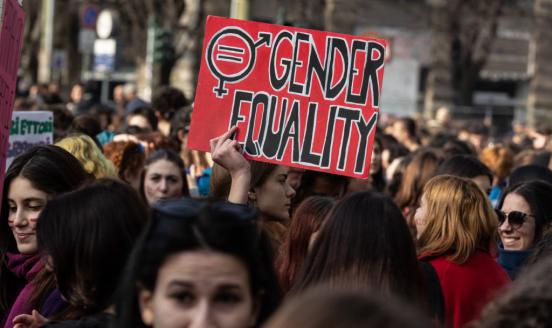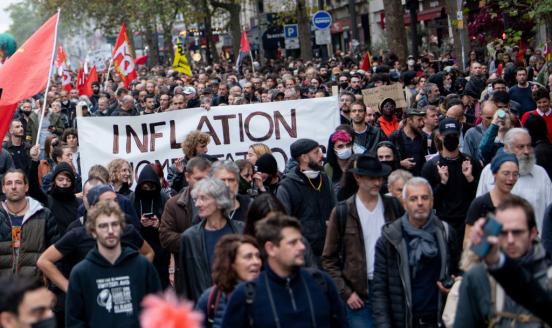Policy brief
Why is it so hard to reach the EU’s ‘poverty’ target?
The ‘poverty’ target set by the European Commission aims to lift “over 20 million people out of poverty” between 2008 and 2020 in the EU27. Progress t

"This paper has been published in Social Indicators Research."
- The Europe 2020 strategy for smart, sustainable and inclusive growth set a target of lifting more than 20 million people out of poverty, but European Union countries have struggled to make progress towards the target.
- Zsolt Darvas demonstrates both theoretically and empirically that the ‘poverty’ indicator in the Europe 2020 strategy essentially measures income inequality, not poverty.
- His illustrative calculations show that even after taking into account the positive impact expected economic growth should have on material deprivation and low work intensity, the Gini coefficient of income inequality would have to fall by four points in each EU country if the Europe 2020 ‘poverty’ target is to be reached. This would be a huge decline.
- Enormous differences between ‘poverty’ thresholds adopted by different EU countries make the EU-wide ‘poverty’ aggregate pointless.
- Even though 24 percent of EU citizens are deemed to be poor or socially excluded, we find that social issues receive little attention in the European Semester, which is supposed to support the achievement of Europe 2020 targets.
The few relevant recommendations that have been made targeted poverty, employability and social exclusion, which are important goals. There have been no specific measures to reduce income inequality. - The political agreement between EU member states clearly expressed the goal of reducing poverty, not inequality. It was a grave mistake to base the Europe 2020 poverty target on an indicator of income inequality and to speak about ‘poverty reduction’ in relation to that indicator.
- The European Council should meet again to discuss what social goals to pursue, and to adopt corresponding indicators and strategy.
- There are good reasons to aim for lower income inequality, which would require further measures such as more progressive income, wealth and inheritance taxes, better opportunities for disadvantaged and poorer families, with implications for education systems and labour market institutions, and the curtailing of unjustified rents enjoyed by certain segments of society.
- The author suggests that the misleading label of the Europe 2020 target indicator ‘at risk of poverty or social exclusion’ be replaced with ‘relative income poverty or income inequality or potentially social excluded’, which may sound convoluted, but would be better than the current short but misleading name.
- New poverty indicators should be developed, such as considering the cost of a specific basket of goods and services as the threshold. Beyond headcount, the calculation of poverty gaps and other indicators that show the depth and severity of poverty would be important.
- EU-wide poverty and income distribution indicators should consider the distribution of income within the EU as a whole.



